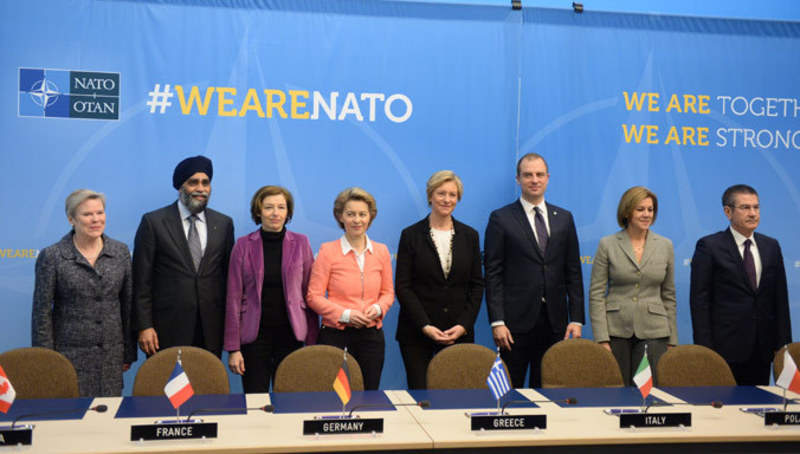
Canada and Poland have agreed to join six other Nato nations in a project that aims to develop a latest and advanced maritime multi-mission aircraft.
The six nations that are already participating in the multinational effort, known as the ‘Cooperation on Multinational Maritime Multi Mission Aircraft Capabilities’, include France, Germany, Greece, Italy, Spain and Turkey.
Canada and Poland are set to develop new follow-on solutions for old and ageing maritime anti-submarine, and intelligence, surveillance and reconnaissance (ISR) aircraft under the initiative.
Nato deputy secretary general Rose Gottemoeller said: “This joint effort recognises the fact that the majority of allies’ maritime patrol aircraft fleets will be reaching the end of their operational lives between 2025 and 2035.”
Gottemoeller also encouraged all participating countries to extend the programme to its implementation phase.
Gottemoeller added: “The goal here isn’t just a drawing board design; we need a new generation of aircraft, in the air, fulfilling what is an increasingly important mission.”
How well do you really know your competitors?
Access the most comprehensive Company Profiles on the market, powered by GlobalData. Save hours of research. Gain competitive edge.

Thank you!
Your download email will arrive shortly
Not ready to buy yet? Download a free sample
We are confident about the unique quality of our Company Profiles. However, we want you to make the most beneficial decision for your business, so we offer a free sample that you can download by submitting the below form
By GlobalDataThe multinational effort intends to provide the participating nations with an opportunity to adopt common solutions to upgrade the critical capability area of the maritime multi-mission aircraft, which will help offer increased value for money and operational benefits.
The six Nato allies originally signed a Letter of Intent (LoI) on 29 June last year to work in collaboration for the development and fielding of follow-on solutions for their existing fleets of maritime aircraft.
In addition, the partnership supported the joint acquisition or development of new aircraft.



